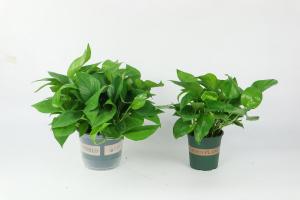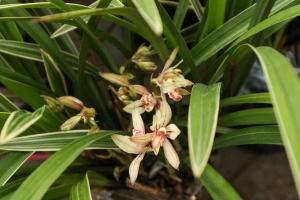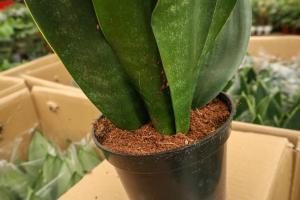Is Pea Stone a Good Drainage Material for Potted Plants?
Potted plants are a delightful addition to any indoor or outdoor space. However, the quality of the soil used in the pot determines whether your plants will thrive or die. Excess water in the soil can suffocate a plant, which is why proper drainage is crucial. Pea stone is one of the drainage materials commonly used for potted plants. But is it the best option?
The Benefits of Pea Stone for Drainage
Pea stone is a small, pea-sized stone that is perfect for use as a drainage material in pots. Its round shape allows for adequate airflow and water drainage, preventing water from accumulating around the plant roots. As a result, it keeps the soil well-aerated, which helps plant roots to absorb oxygen and other vital nutrients. Moreover, pea stone is inexpensive and readily available, making it an excellent choice for anyone on a budget.
The Drawbacks of Pea Stone for Drainage
While pea stone may seem like an ideal drainage material for potted plants, it does have several downsides. For instance, pea stone is unable to hold water or provide nutrients to the plants. This means that your plants will have to rely entirely on the soil for their water and nutrient needs. Moreover, pea stone is often too large for seedlings or small plants, as it can interfere with root growth. Lastly, pea stone may contain unwanted substances, such as soil or dust, which can be harmful to plants.
Alternatives to Pea Stone for Drainage
If you are looking for an alternative drainage material for your potted plants, several options are worth considering. One popular choice is perlite, a naturally occurring volcanic glass that can hold water and nutrients, provide adequate drainage and aeration, and is relatively inexpensive. Vermiculite, another mineral that is heated and expanded to produce a lightweight, porous, and absorbent material, can also be used as a drainage material. Sand is another popular choice because it is readily available and can improve soil drainage in small amounts, but it is not recommended for use in large quantities because it can cause soil to become overly compacted.
Conclusion
In summary, pea stone is a good drainage material for potted plants, but it is not the best option for all plants or situations. Other materials, such as perlite, vermiculite, and sand, can serve as alternatives to pea stone and may be better suited to your specific needs. Regardless of the drainage material chosen, it is important to ensure that it is free of unwanted substances, is adequately sized for the plant, and does not interfere with root growth. With the right drainage material, your potted plants will flourish, and you can enjoy their beauty for years to come.

 how many times do yo...
how many times do yo... how many planted tre...
how many planted tre... how many pine trees ...
how many pine trees ... how many pecan trees...
how many pecan trees... how many plants comp...
how many plants comp... how many plants can ...
how many plants can ... how many plants and ...
how many plants and ... how many pepper plan...
how many pepper plan...



























